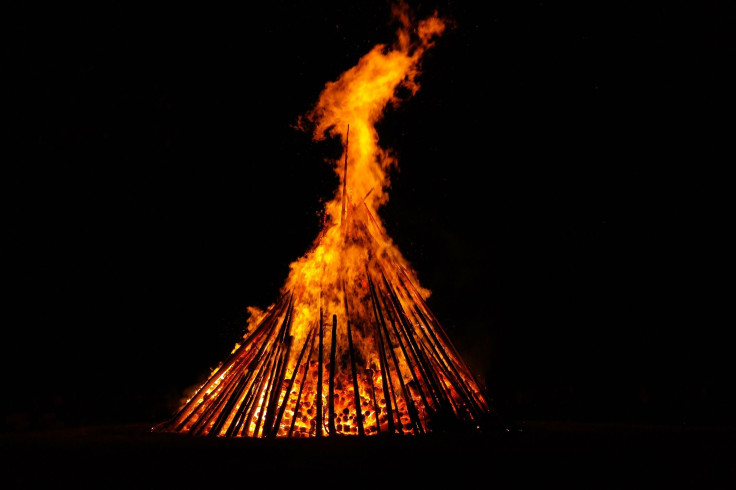Midsummer Day 2021: Meaning, Traditions And Eve Celebrations To Know
KEY POINTS
- Midsummer Day is a holiday that honors the season of fertility and all the gifts that nature brings
- The maypole is a popular symbol of Midsummer that's used by pagans to perform dances during fertility rites
- On Midsummer's Eve, people travel to the countryside to make flower garlands and feast outdoors
Midsummer Day 2021 is a time for festivities for Swedes and many people who live in the North as it is held to welcome summertime, the season of fertility, and all the gifts that nature brings.
More than just the popular horror film that starred Florence Pugh, Midsummer is considered an important event in several countries. This is because, in ancient times, pagans would perform ceremonies in honor of nature to ensure that their harvest would be successful.
Midsummer goes by many names including Midsommar, Juhannus, and Sankt Hans Aften. According to Brittanica, the holiday is observed on a Friday between June 19 and June 25.
Summer is regarded as a time for rejoicing as it is when nature comes to life and brings lots of sunshine for Northern people. In fact, according to The Old Father's Almanac, the sun only sets for about an hour or two in some parts of Sweden at this time. This seemingly never-ending daylight offers the perfect time to bask in the sun and have outdoor gatherings with friends and family.
Unlike any other social gatherings, Midsummer is associated with unique traditions that a lot of people still observe to this day. Although the holiday is officially set on June 24, the celebration starts a day earlier -- an event that is known as Midsummer's Eve.
Set on the day before the actual holiday, Midsummer's Eve is when many travel to the countryside and feast outdoors. People make flower garlands, eat potatoes and chives, and drink vodka snaps known as nubbe. Perhaps the most popular symbol of Midsummer, however, is the maypole.
The maypole is a tall pole covered in greenery and flowers. During Midsummer, people gather around the pole to sing and dance -- a custom that is believed to be related to fertility rites. Dancers would also hang ribbons on the pole and form complex patterns with them before untying all the knots as the end of the dance approaches.
Another practice held on Midsummer's Eve is setting up a bonfire. For pagans, bonfires help in warding off evil spirits and shifting the focus back to nature, as they believe that plants and water had magical healing powers on Midsummer's Eve.
Regardless of the reason why people celebrate Midsummer today, the holiday is a good reminder of the beauty of nature.

© Copyright IBTimes 2024. All rights reserved.





















